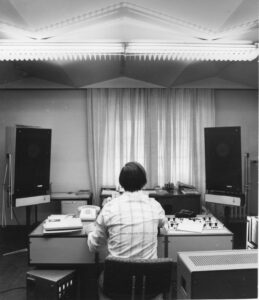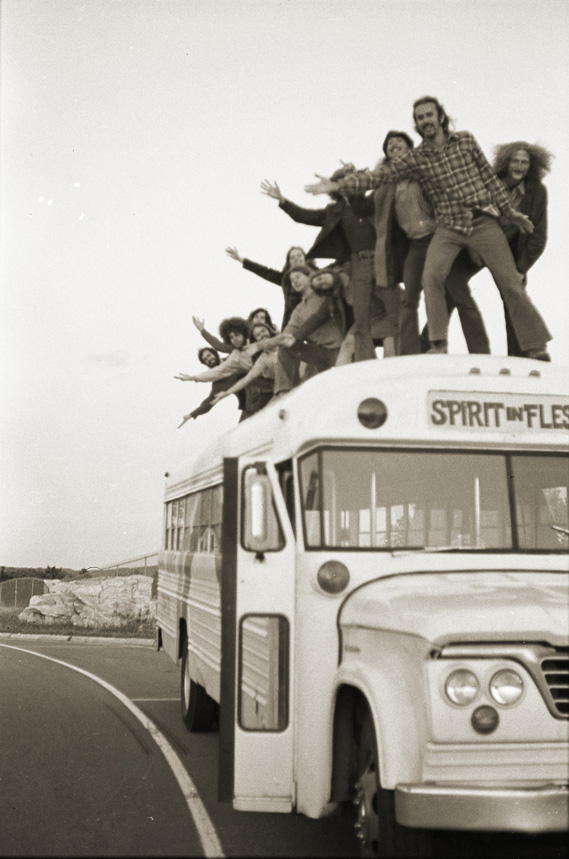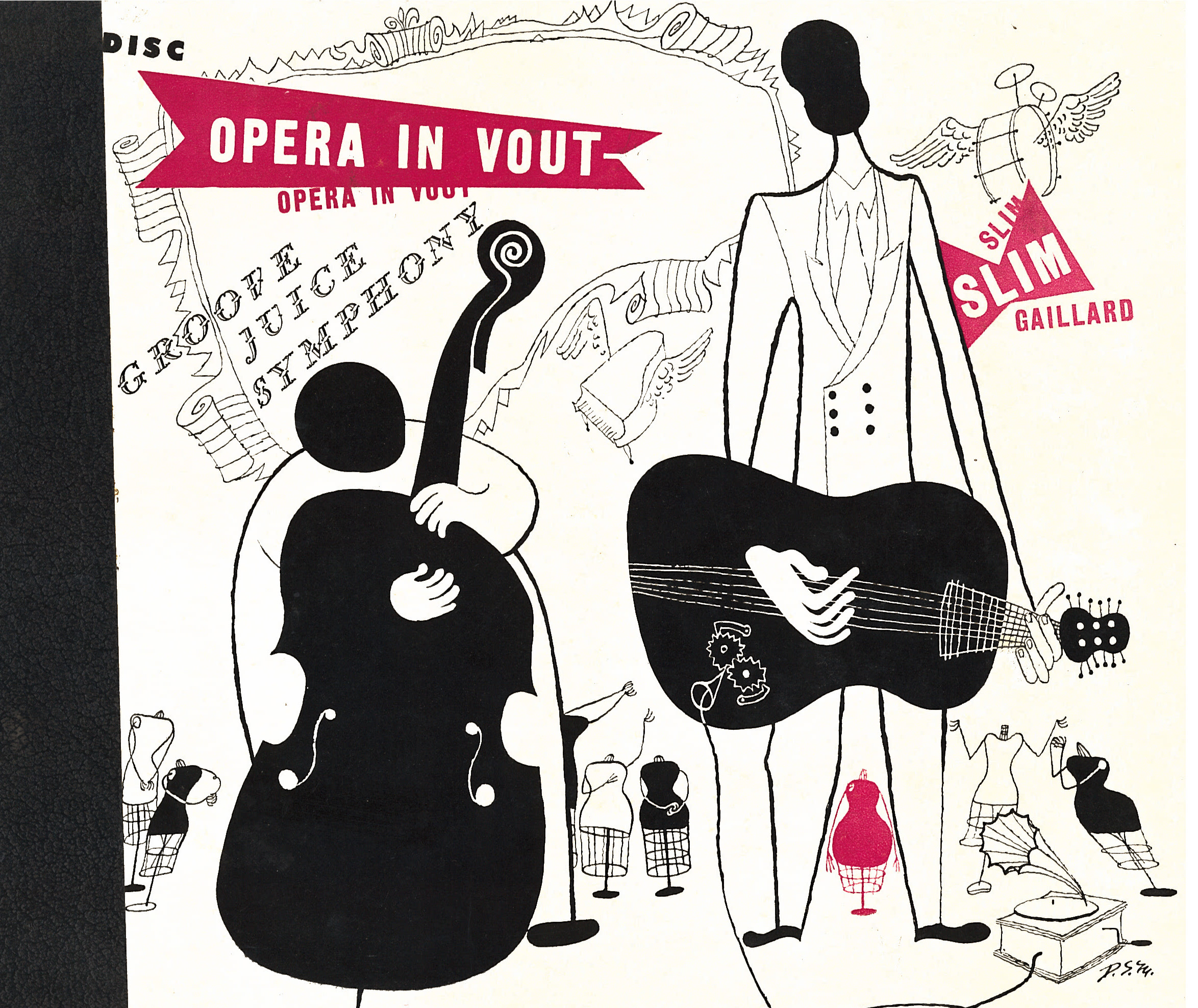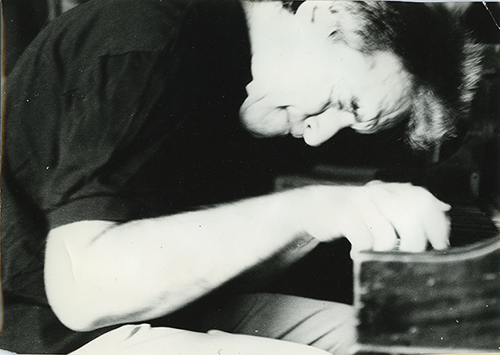Jeff Albertson Photograph Collection
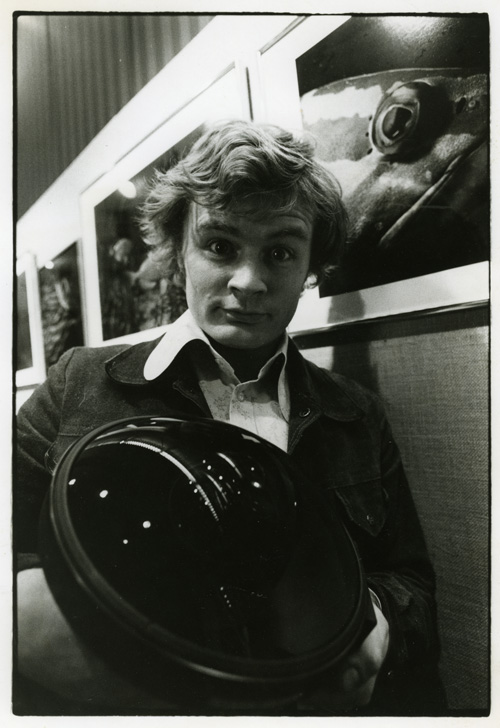
Born in Reading, Mass., on Sept 13, 1948, Jeff Albertson was still a student at Boston University, working on the staff of the BU News, when he was hired as a photographer by the Boston Globe. Reflecting the youth culture of the late 1960s and early 1970s, his photographs earned him positions with several prominent Boston alternative media outlets. Covering news, music, and the political interests of his generation, he served as photo editor for the Boston Phoenix and associate publisher for the Real Paper, and his work appeared regularly in mainstream publications such as Rolling Stone, People, and Boston Magazine. After becoming photo editor for the Medical Tribune News Group and moving to New York City in the 1980s, he met and married Charlene Laino. In later years, he became involved in early efforts to create websites devoted to issues surrounding health. Albertson died in 2008.
As a photographer, Albertson covered a wide range of subjects, with particular focus on music and social change. The many thousands of prints, slides, and negatives in the collection include stunning shots of Bruce Springsteen, Bonnie Raitt, Neil Young, Elvis Presley, Frank Sinatra, and John Lee Hooker, activists such as Abbie Hoffman, politicians, and public personalities. The collection also includes several photographic essays centered on poverty, old age, fire fighting in Boston, and prisoners in Massachusetts (among other issues) along with a wide array of landscapes and street scenes.


